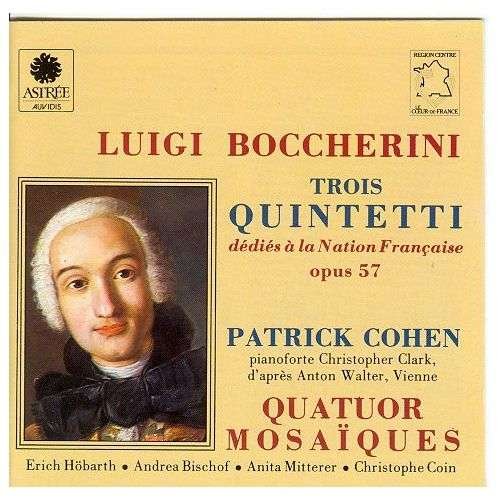High frequency distortion can “enhance “ apparent detail by making things like sibilants sharper than it really is. Not saying the Lamm isn’t smoothing things over(not all SETS do BTW.) but perhaps the VTLs exaggerate due to high frequency distortion. Which one carves out a more realistic soundstage and 3D imaging?
I am confused though because your statement that one brings “magic” and the other is “realistic “. To me the one that convinces you the closest feeling live (with appropriate recording) should be the one that is both magical and realistic. Now, a caveat is that if one or the other amp makes a sameness with all recordings, all magic or all ruthlessly “realistic “, then probably there is a flaw there somewhere.
You say part of the answer when you refer to "appropriate recordings". My appropriate recordings are those which have music I appreciate and good recording quality - not the champions of LP lists of known reviewers. And I consider that some of these modern recordings more challenging and more real than the old classics.
I will not be able to explain what we usually mean by magic and real in audiophile posts in a short sentence again - we posted on it several times, M- Fremer discusses it very interestingly in his freely available online Lamm ML3 review in Stereophile. I do not pretend to debate audio vocabulary, just to share what I listen, I will the words in a common way. I know about our divergence on the use of live to establish an absolute reference, no need to go on solo violin again. My only interest for now is sharing with others my experiences, nothing else.
And no, none of these amplifiers distorts high frequency or makes a sameness with all recordings. They just present the recording in different ways. Also I do not pretend to have an wire with gain - at the prices we are paying we expect more.
















